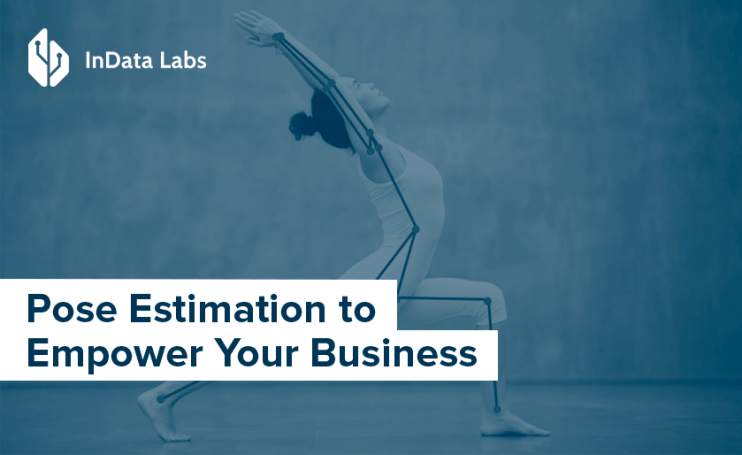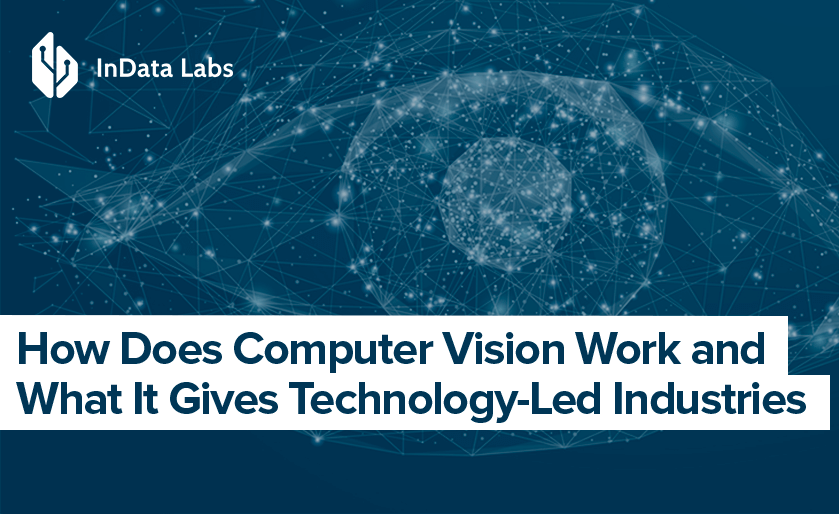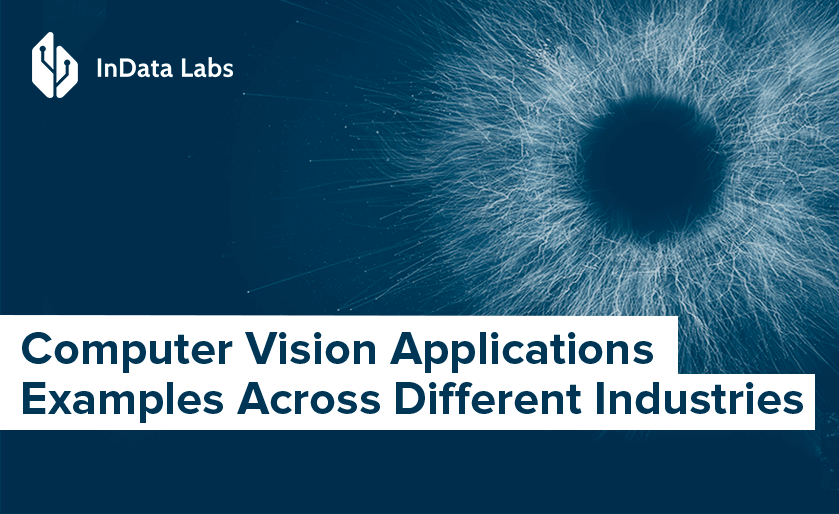What is Pose Estimation?
Human pose estimation has been one of the most challenging aspects of computer technology to understand and perform. It refers to the process of detecting the location of a person or an object.
This can be achieved by recognizing, locating and tracking a certain amount of keypoints on a person or an object. For people, the keypoints are mostly wrists, knees, elbows and so on. For objects, it might be corners or other important features.
The Challenges
Owing to recent advances fueled by CNNs (Convolutional neural nets), computer vision has achieved tremendous progress over the years. Though the problem of posture estimation is still puzzling. There’s a lot more to it than meets the eye.
Pose estimation in social scenes might be a complex issue for some reason. First and foremost, it’s uneasy to interpret poses and movements, gestures, and outlook, as they change constantly. High pose variety and different types of physical activities like gymnastics, dancing, running and so on make it difficult to estimate the position of an object. To achieve the ultimate accuracy, there are plenty of metrics to be taken into account. The open source datasets are insufficient to meet the challenge, that’s why oftentimes deep learning models need to be trained from scratch.
Secondly, a person’s visual appearance can change significantly due to camera settings and lighting. It results in occlusions (e.g. partial visibility of people) that defaces the estimates. All of it makes pose estimation a challenge in terms of human-computer interaction and activity recognition.
Use Cases to Pay Attention to
Tracking Human Movement and Activity
With the abundance of apps that can make use of this technology, posture estimation is gaining traction. Specifically, the hype around it alludes to its potential to efficiently track and measure pose estimation and movement.
Healthcare and Fitness
According to the Grand View Research, Inc.,the global mHealth apps market size is expected to reach USD 236.0 billion by 2026. It is projected to expand at a CAGR of 44.7% during this period. Share on XThe rapid growth of the market is fueled by an increase in the use of mobile phones and consumers’ growing interest in either monitoring health online or working out to get in shape. Though the purposes of these apps are widely diverse. Some apps shine at tracking distance and calories burned, while others provide excellent error detection and corresponding feedback to the user while exercising.
In terms of healthcare, detecting human body movement is of huge interest to companies developing fitness applications globally. These apps utilize computer vision technology to estimate the position of a person during workouts or physical therapy and minimize the possibility of injury.
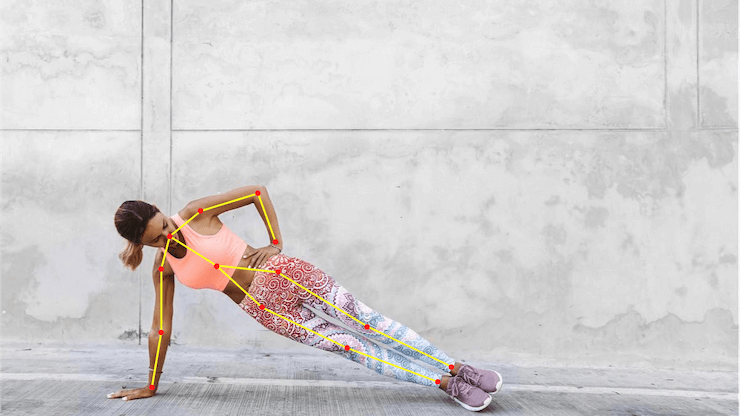
Source: Shutterstock
To understand the importance of pose estimation in this case, let’s dive into details:
These days, the technology is utilized to scale fitness apps with recognizing and detecting human movement in real-time. Deep learning is widely applied to detect the user joints in motion in real-time. To achieve accurate joint detection quality, various neural network technologies are leveraged. Thanks to pose estimation and other technologies to match, the app analyzes fitness and physical therapy exercises. It also makes sure that the user exercises intelligently and gets the most of their workout. In case the user does it the wrong way, the AI coach provides them with guidance on how to make it right avoiding injury of bad muscle formation.
In fact, fitness apps equipped with pose estimation can become the new wave of home workouts to replace the gym.
AR and Real-Time Visual Effects
Augmented Reality and real-time visual effects (abbreviated VFX) are the future of digital content creation. In this field, pose estimation is an AR tracking solution that estimates the position of an object or a person and blends it with a computer-generated image. As a result, this illusion pins the 3D elements to an object or a person in the real world to make it look believable. This could be used when trying out new wallpapers by overlaying them in your room or trying on a pair of sneakers released this month.
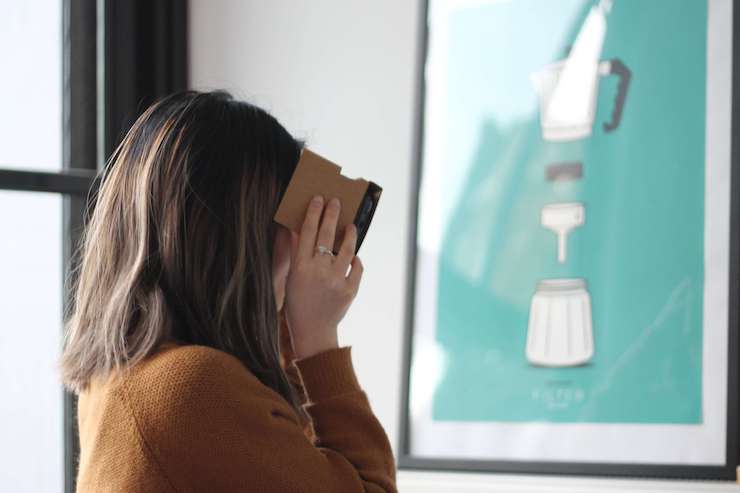
Source: Unsplash
Vision-based object pose estimation for AR promises the wealth of amazing opportunities for manufactures and enterprises. This innovative solution can not only visualize their products and services but evolve the way they train, educate and sell.
Animation and Gaming
Interest in motion capture (mocap) technology is growing rapidly, which makes the global app market to skyrocket. The latest advances in deep learning-based pose estimation have enabled automated motion capture for interactive video game experiences.
Let’s see how the motion capture session goes:
- Cameras are being calibrated to capture keypoints on the actor’s suit
- Markers are placed on the actor’s body parts
- Sticks connect markers on the actor, making the actor a 3D skeleton. Markers on the suit are labeled
- The actor’s poses are detected and estimated in real-time
- Animations are recorded
In this case, pose estimation helps capture motion in real-time.
Robotics
With the automation industry increasing rapidly, robots have paved the way into our daily life. And it is just the beginning. Recent developments in the field of robotics have shown that pose estimation of robotic instruments in the operating theater has massive potential to transform the future surgery.
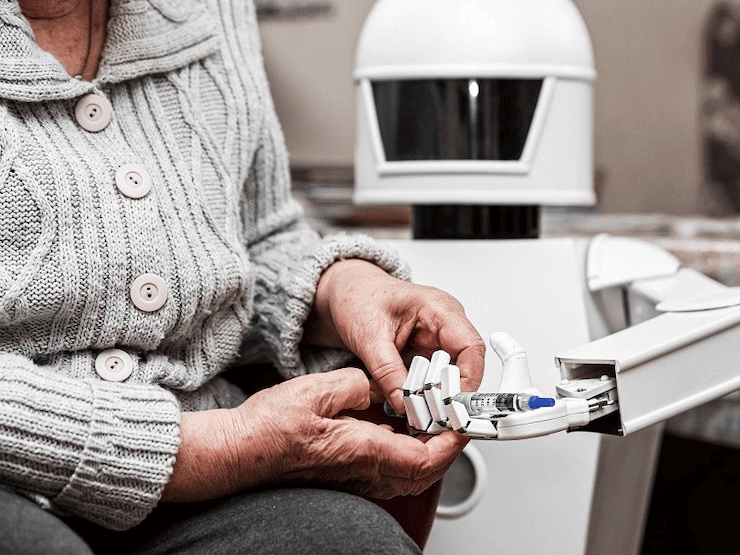
Source: Shutterstock
Vision-based robotics have been evolving for more than three decades so far, enhancing robot vision capabilities immensely. What concerns robot-assisted surgery, it’s been also gaining traction these days. Robots have become a part of many medical interventions like biopsies, automatic tumor detection and visualization, and many more. In fact, robots are no longer seen as a “technology of the future”, because they are already in the operating theaters providing crucial help in surgery. Medical robots excel at accurate positioning for intraoperative image guidance. They capture the relevant video information from imaging obtained with endoscopes or scanners and evaluate the posture of objects. Performing these tasks, medical robots aid surgeons in the ORs providing better accuracy of positioning and control for various procedures.
In a nutshell, computer vision systems are now utilized to enable robots to perform complex tasks in the operating theaters. These systems are limited in terms of the calibration quality and flexibility to constantly changing environment. With the help of computer vision, and particularly the pose estimation, there is a chance to make the robotics systems more responsive, flexible and accurate in the future.
Human Abnormal Behavior Monitoring
Violence detection is of paramount importance in the footage of surveillance scenarios like sports venues, mental disorder facilities, railways stations, and prisons. Take prisons. It’s no news that jails can be a dangerous place. The annual Justice Department’s report paints a grim picture of America’s prison everyday brutality, let alone other countries.
Over the past years, the prisoner-on-prisoner violence rate has reached a higher point, making it a concern for society. With the American prisons dangerously understaffed, it’s no wonder that it’s plagued with severe and systemic violence and sexual assault. Pose estimation can be the right inventory to address this long-festering issue. A real-time violence detection system can process the streaming data and detect whether the video has a violent or destructive behavior or not. If the behavior deviates from the norm, the alert notifications will inform the guards to take necessary action before the violence is about to take place. As a result, this automated solution based on convolutional neural networks (CNN) will help enforce security in prisons solving the prisoner’s abnormal behavior detection problem in the first place.
Bottom Line
Computer vision (CV) is considered one of the most outstanding AI developments. It’s reliable, accurate, efficient, and it’s here. The main goal of computer vision is to train computers to capture and understand the visual world around us.
In this blog post, we’ve highlighted the current challenges of pose estimation and have displayed how computer vision (CV) can add value to various business domains.
Get the most of Artificial Intelligence Development with InData Labs
Have a project in mind but need some help implementing it? Drop us a line at info@indatalabs.com, we’d love to discuss how we can work with you.
